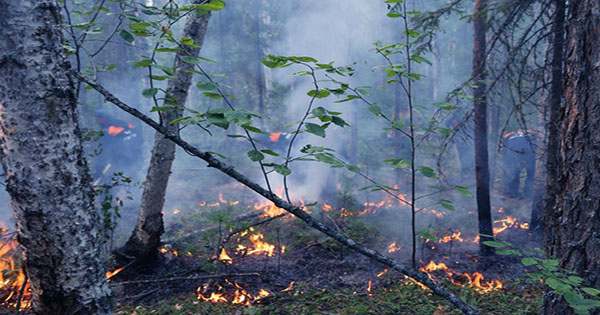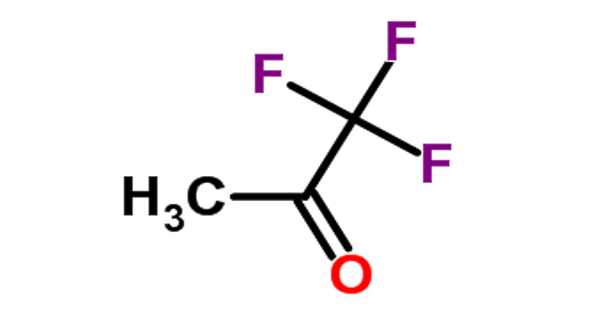Humans are to blame for the escalating climate problem, and its consequences have been felt for some time. It’s not always possible to quantify how much worse we’re making the environment, but scientists have just recently been able to calculate the impact of climate change on rainfall during the record-breaking 2020 Atlantic Hurricane Season. The researchers discovered that throughout the season, rates of intense rainfall over the course of three hours were 10% greater than in pre-industrial circumstances, according to a study published in the journal Nature Communications. Furthermore, the extreme three-day total rainfall was 5% greater than it would have been prior to 1850.
There were 31 tropical or subtropical cyclones this season, with 30 of them becoming named storms, breaking the previous record of 31 established in 2005. In the year 2000, 15 storms became hurricanes, however in 2020, 14 of the 30 storms will become hurricanes. Seven of these storms became major hurricanes in both years. The study’s model, which was based on rising temperatures on the Atlantic Ocean’s surface, found that hurricane-force storms had also become worse. These storms had an 11 percent greater rate of extreme rainfall during three hours, and an 8 percent higher rate of extreme three-day cumulative rainfall.
The record-breaking hurricane season of 2020 claimed the lives of at least 417 people and caused $51 billion in damage, making it the sixth most expensive hurricane season ever. And it’s just going to become worse if we don’t start implementing the COP 26 promises. The scientists noted in the report, “This work shows that this warming will lead to still additional increases in North Atlantic hurricane season severe rainfall rates and cumulative quantities.”
In the Atlantic Ocean, hurricanes begin as tropical disturbances, storms with winds of at least 160 kilometers per hour and the ability to maintain their shape for at least a day. Due to the warm water heating the air above and forcing it to rise and interact with the disturbances, they can eventually transform into cyclones. Cyclones are projected to become more common as global temperatures rise. Atmospheric pressure and air currents have a big role in everything from cyclones to severe weather.
Temperatures on the ocean’s surface and in the atmosphere have a significant impact on this. Wind speeds increase, resulting in storms that can become hurricanes. The relationship between extreme weather occurrences and climate change has been proven, and more studies like this are helping scientists to quantify the effects.
















